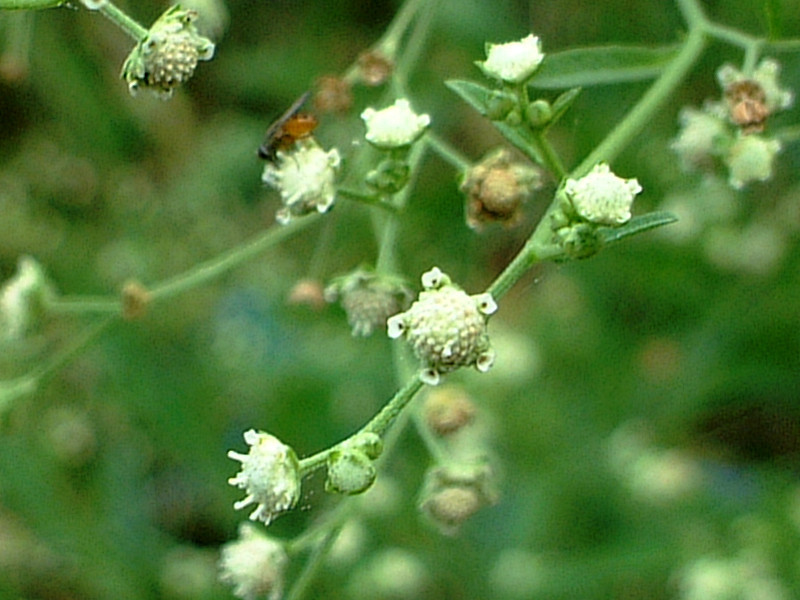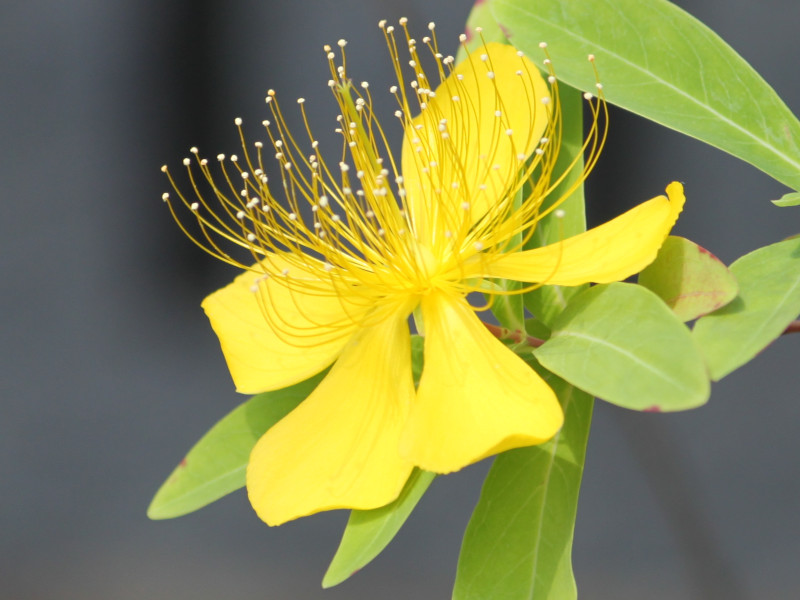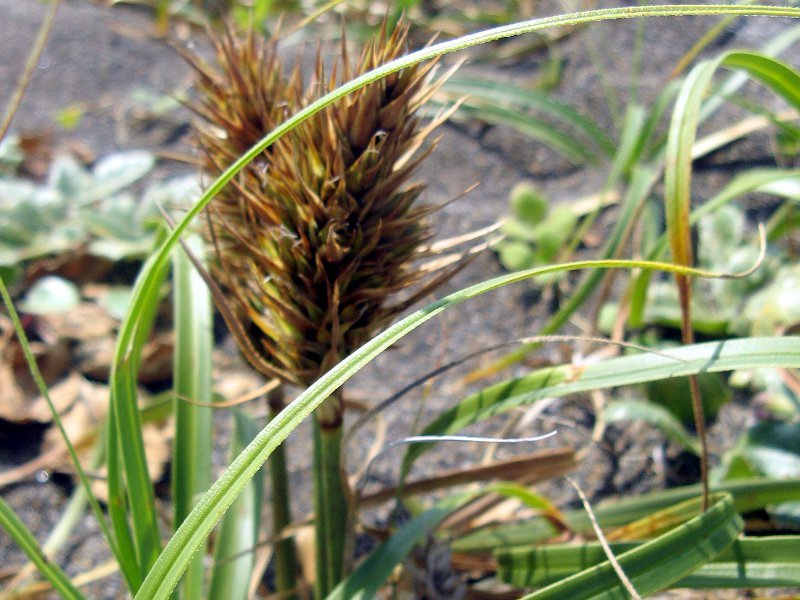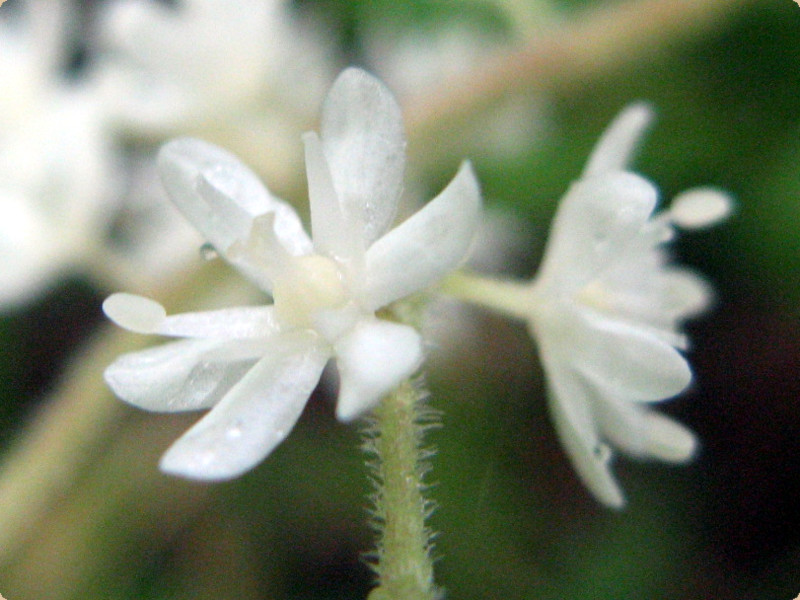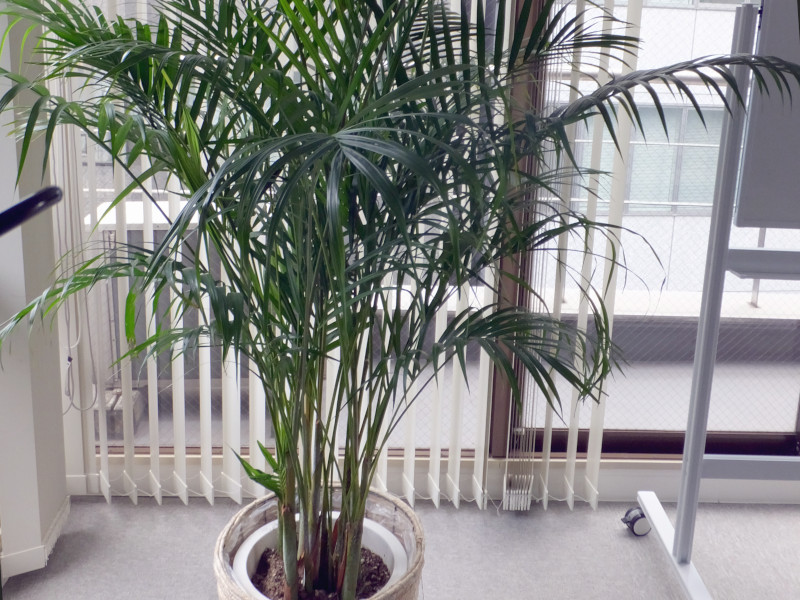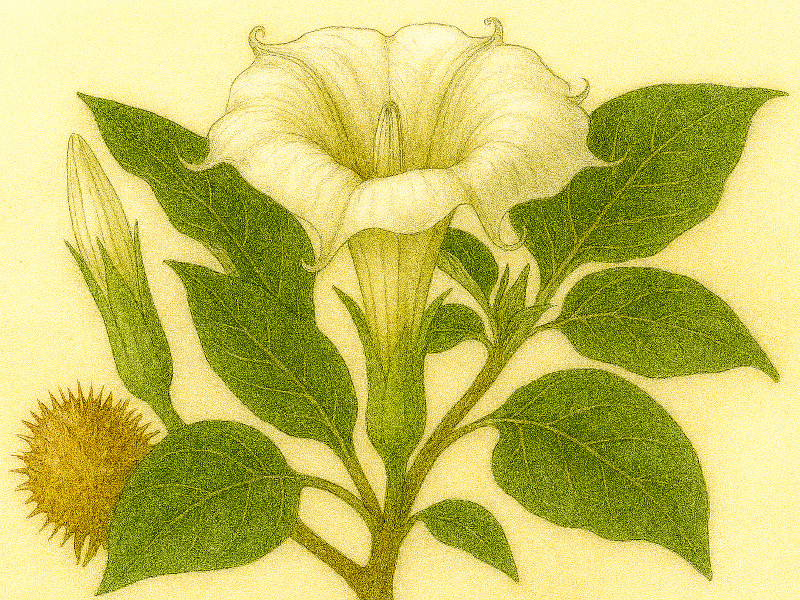Parthenium hysterophorus
- Flower nameParthenium hysterophorus
- Scientific nameParthenium hysterophorus
- Alias胡麻菊, Parthenium hysterophorus, ニセブタクサ, False Ragweed, アメリカブクリョウサイ, Santa-Maria, Santa Maria feverfew, whitetop weed
- Place of originMexico
- Place of floweringFields and footpaths
- Flowering seasonAugust, September
What is Parthenium hysterophorus
Parthenium hysterophorus, false ragweed, whitetop weed, famine weed, Santa-Maria, Santa Maria feverfew, or goma giku (scientific name: Parthenium hysterophorus) is an annual wildflower that is native to Mexico and belongs to the family Asteraceae. They are highly reproductive and have been naturalized in Japan and around the world. Since it is part of the Asteraceae family, its leaves resemble chrysanthemum leaves, and its stems are soft and herbaceous. This plant produces small white flowers from midsummer to autumn, and the pollen, which peaks in September, is a cause of allergies to pollen such as asthma. The whole strain is poisonous.
Common name: Parthenium hysterophorus, Scientific name: Parthenium hysterophorus,aka: false ragweed, whitetop weed, famine weed, Santa-Maria, Santa Maria feverfew, or goma giku, also known as False Ragweed, American Ragweed, whitetop weed, famine weed, Santa-Maria, Santa Maria feverfew, Origin: Mexico, Grass height: 100-200 cm, Leaf shape: lanceolate/phenoidal, Petiole: alternate, Flower diameter: 0.5 cm, Flower color: white, Flowering period: August-September, Crown: 5 petals.
*Related pages
Poisonous plants
